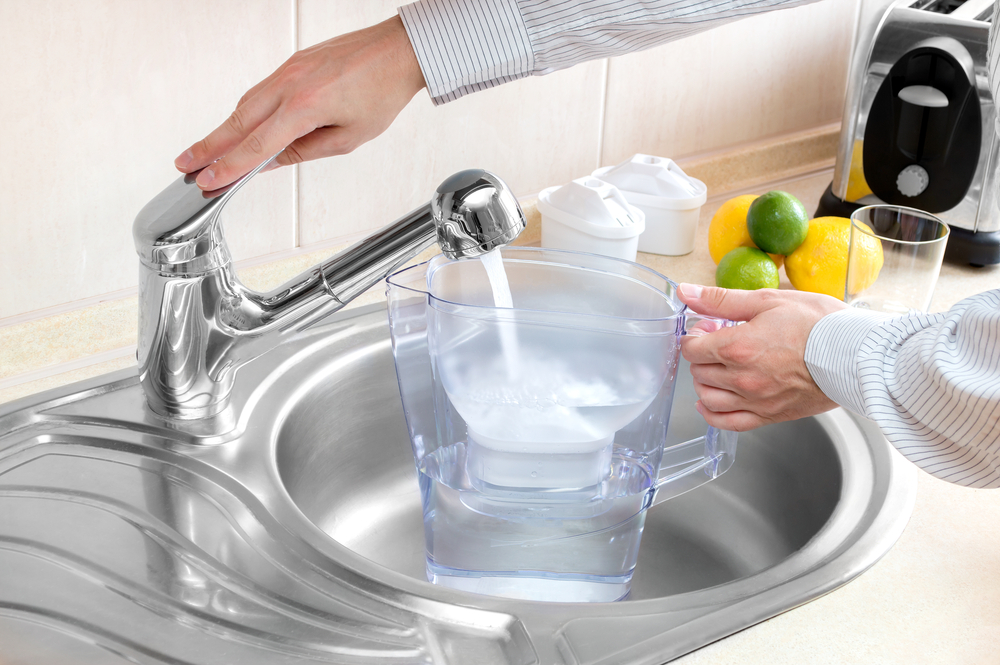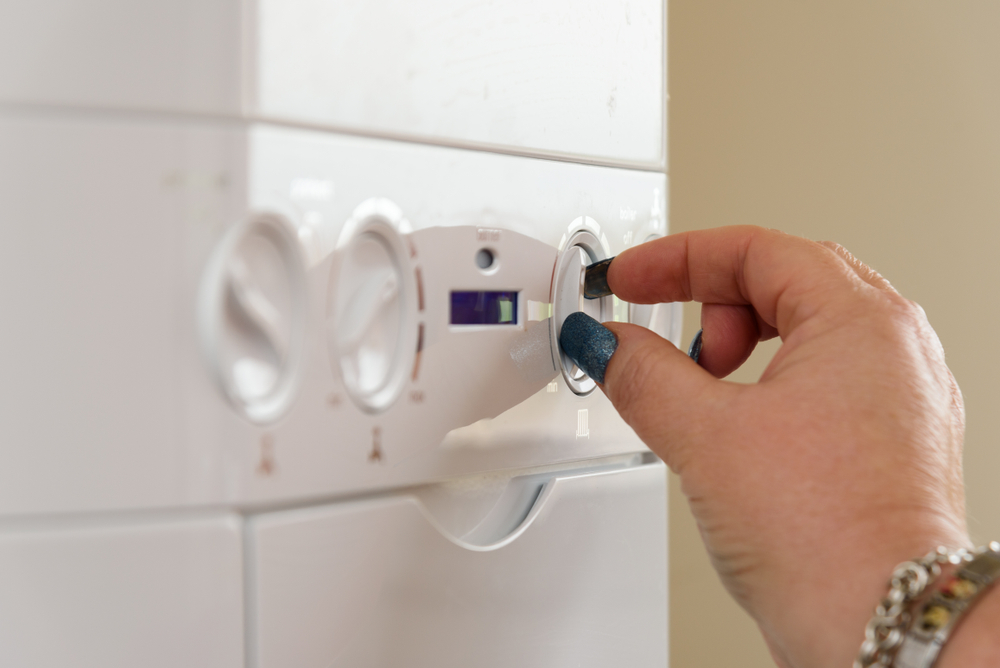A Guide to Water Pressure

Water pressure is the force that moves water through the mains into your pipes. If something goes wrong with it, it can cause a whole host of frustrating problems. If your water pressure falls too low, you’ll find yourself with a barely-there shower, and potentially a lack of water throughout the house. Too high and pressure from your outlets will be irregular, and it could lead to leaks and banging in your pipes.
To get to grips with water pressure and know when there’s a problem and how to solve it, read our handy guide below.
What is Normal Water Pressure for a House?
Water pressure is measured in bars. One bar is the force you need to shoot water 10 metres up in the air. Water regulator, Ofwat, states that all water providers are required to provide water pressure of at least one bar. Good water pressure in your plumbing would be three to four bars.
Is 2-Bar Pressure Good?
2-bar pressure is above the minimum requirement set by Ofwat, so it should meet the basic needs of your average household. However, your water appliances might struggle if you are using more than one appliance at once. It could be worth looking into ways of upping your water pressure if your house is receiving this level.
How to Check Water Pressure

If you think something is wrong with your water pressure, it is fairly easy to check what is going on. Just follow these steps:
- Make sure all taps and other water appliances (dishwashers, washing machines) are switched off.
- Turn your cold kitchen tap on all the way.
- Set a timer for six seconds.
- Hold a large measuring jug under the tap for six seconds.
- Multiply the amount of water you have collected by 10 to get your flow rate in litres per minute.
So, if you collected 0.8l of water in six seconds, your water flow rate will be eight litres per minute. If you are getting less than 10 litres per minute, there is a lot of room for improvement. Water flow around the 15 litres per minute mark is considered good.
If you want a more accurate picture of the bar pressure you are getting, you can use a pressure gauge. Put this on an outdoor tap and turn on for an exact reading.
What Causes Low Water Pressure in Showers?
At a base level, your water pressure is determined by where your house sits in relation to the water supply network. If you live above your local reservoir, or on a hill, your pressure is likely to be lower than someone who lives on low-lying ground.
There are plenty of things in your home that can also contribute to low pressure. If your water pressure is low across your house, it may be a sign that something is wrong with the shut-off valve on your Pressure Reducing Valve (PRV). The valve may have been turned slightly or need replacing. Low water pressure can also be caused by leaks or blockages in your plumbing. If you suspect you have a property-wide water pressure problem, contact a qualified plumber who will be able to provide more information.
Low pressure isolated to your shower might indicate that the problem is specific to this area. Common causes of low water pressure in showers include:
- Old low-flow showerheads: These old designs were meant to help economise water, but this can mean they are very weak, especially if they have been in use for a while.
- Blocked shower heads: Limescale and other mineral deposits can form over time and clog up your showerhead. This limits the water flow you’re getting.
- Faulty pressure regulators: Pressure regulators in shower heads are designed to give a constant flow of water. If they are faulty it can result in low pressure.
- Single control shower issues: When single control or single lever showers get old, the part that controls water flow can become damaged, meaning you are left with low pressure from your showerhead.
How to Increase Water Pressure
If your problem is property wide, it is likely to be related to your home and the infrastructure of your local water supply network. This can be tricky to rectify on your own, so it is worth contacting a qualified plumber if you think this is the nature of the issue you are having. They can advise on ways to get the most from your water supply and plumbing and may be able to install a pressure booster to your mains.
If low pressure is specific to just your shower, you can try the following:
- Clean or replace your shower head: Old shower heads can sometimes get past their best, with blockages or worn parts preventing proper water flow. You can check the state of your shower head by removing it from the hose and looking through it. If you think this is the case, try a new shower head.
- Replace your shower system: If you are running on a non-combi boiler, your shower is likely to work by taking water from a cold-water tank on your property and heating it up for you to use. If this is the case in your home, you might get better pressure by installing an electric shower, fed from the rising main.
- Install a power shower: Power showers will only work if you do not have a combi-boiler. They work by having a booster built into them, which increases your water pressure as it exits the shower head.
- Purchase a special low-pressure shower head: Low-pressure shower heads are specifically designed to maximise water flow in homes that have low pressure. It works by distributing the water in a certain way, in order to get the most from it. You can also find low-pressure shower systems, which works with water pressure as low as 0.1 bar.
How to Increase Water Pressure in Showers with Combi-Boilers

If you have a combi-boiler, it can be a little more challenging to increase the water pressure in your shower. This is because most of the methods used with non-combi boilers (such as installing pumps and boosters) are not applicable with combi-boilers.
If you are looking at getting a combi-boiler, or are looking to improve water pressure in your shower with one, consider the following:
- Combi-boilers work best with 12 to 15 litres per minute flow rates: If you are still in the pre-installation stage of buying a boiler, consider your flow rate to make sure a combi is the best choice for you.
- Choose an electric shower system: Electric shower systems give an even water pressure and can be great teamed with a combi-boiler. To have a look at the best showers to get if you have this type of heating system check out our guide on best showers for combi-boilers.
